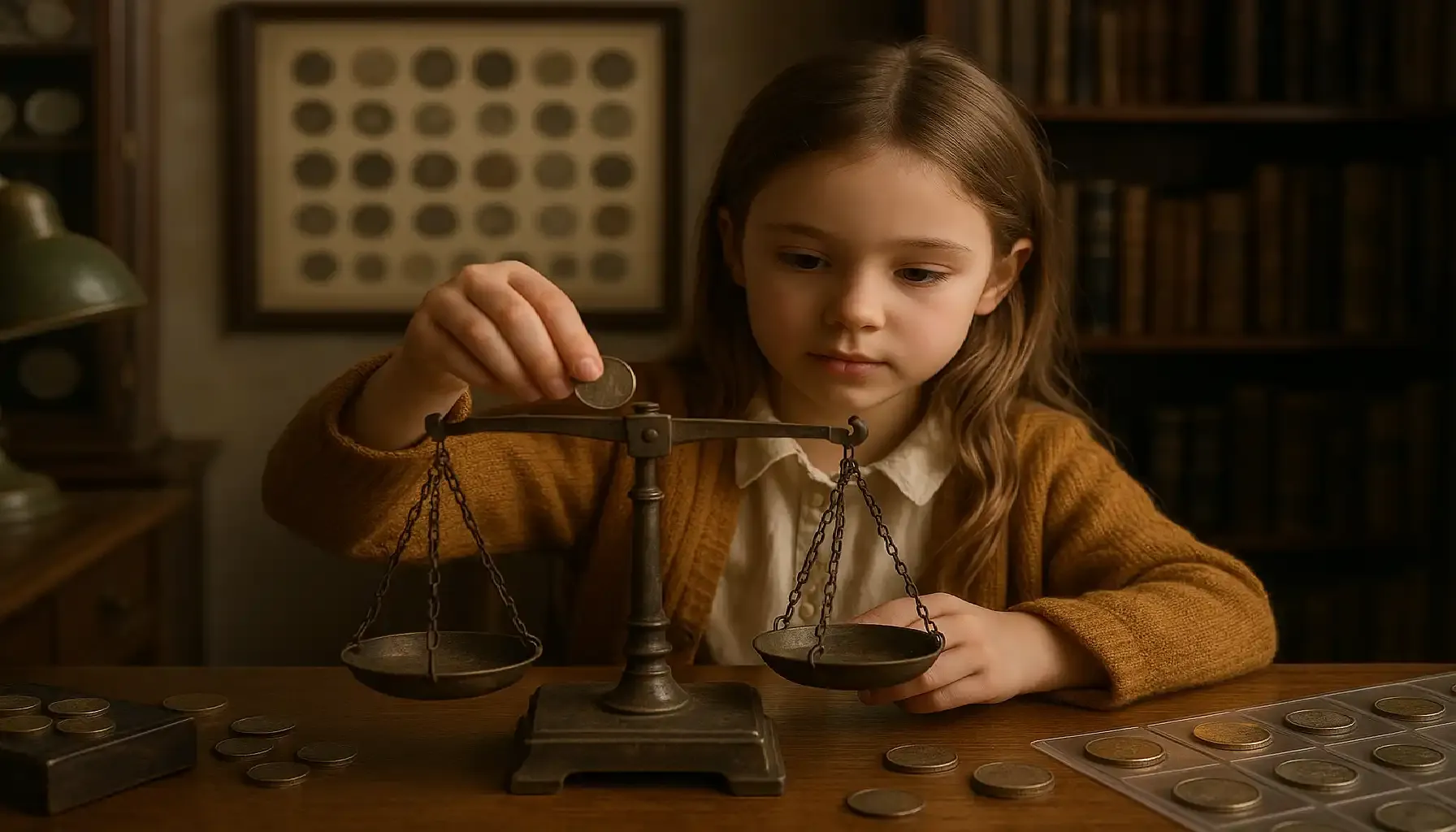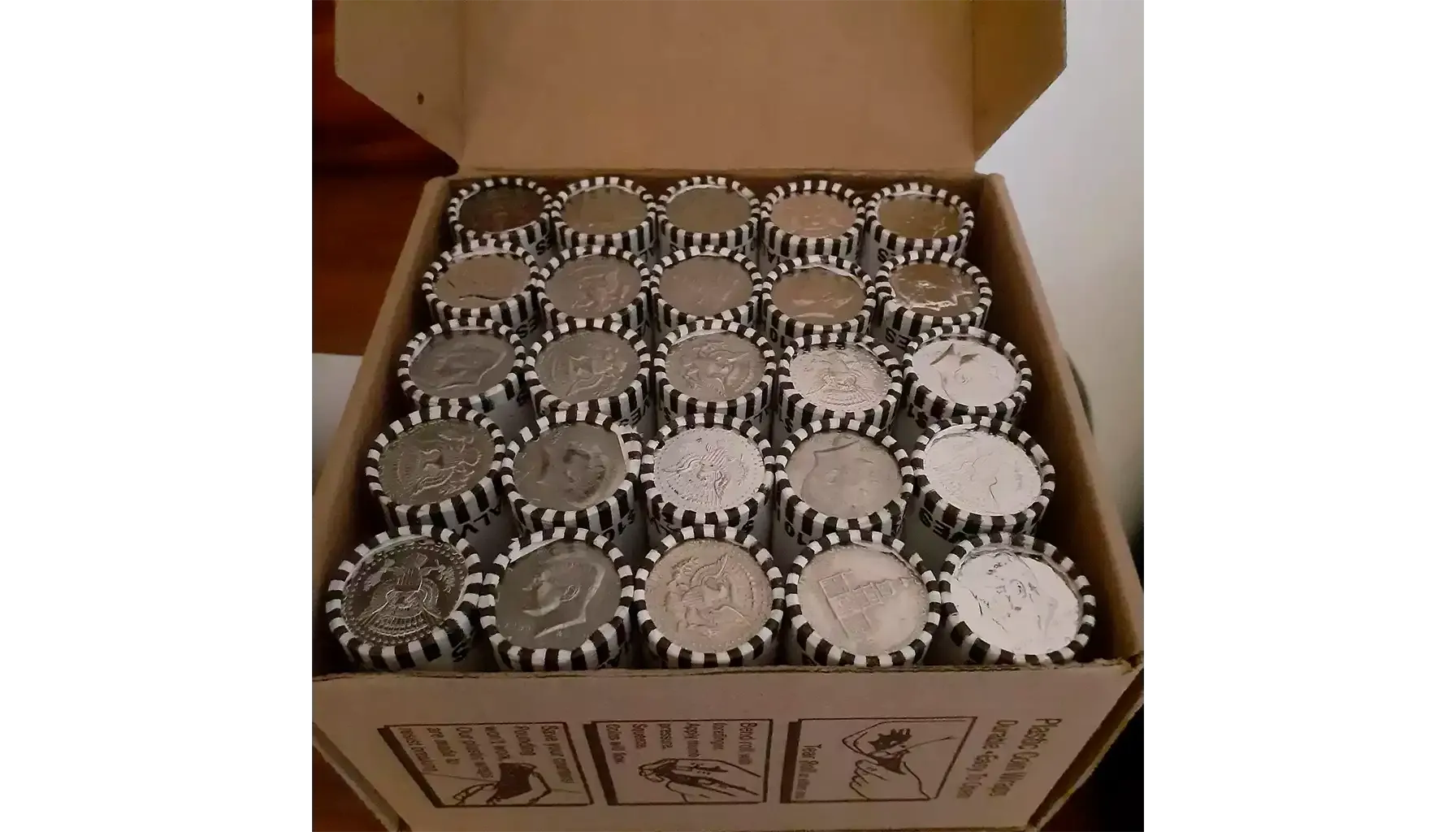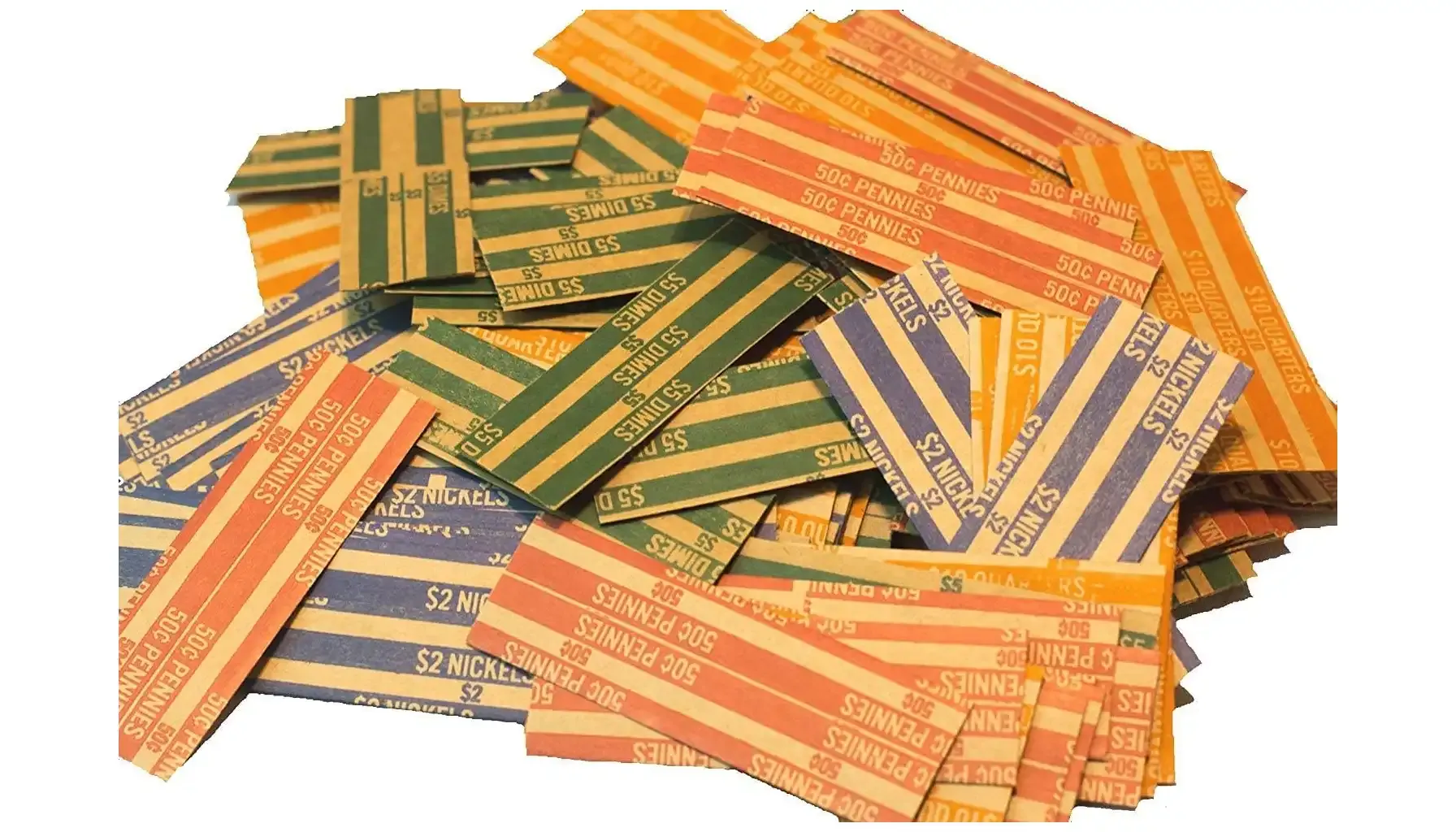Contents:
You have already known how to identify hard time tokens, but what about Roman ones? A coin that might have passed through the hands of a Roman emperor may one day become yours. So, what to do if it happens? Could this small, worn piece of metal be more than just a relic?
The first question that you may have is: What am I actually looking at?
A Roman coin, much like an ancient piece of art, carries clues about its origin in its design, symbols, and even wear and tear. But before you go for a magnifying glass, it’ll be great if you study what exactly to look for.
The Emperor's Face: Your First Clue
Flip that coin over. The face on one side—the obverse—is often the portrait of a Roman emperor. Maybe you see a sharp profile with a laurel crown. This emperor didn’t just put his face on coins for vanity; it was propaganda. Identifying the ruler can immediately narrow down the date of the coin to their reign.
But here's the tricky part. Emperors came and went frequently in Roman times. It’s like trying to keep up with new versions of a smartphone. The more you know about who ruled when, the quicker you'll identify ancient coins.

The Reverse: A Story in Symbols
Turn the coin over. You should always study Roman coins front and back. The reverse side is where the real story happens. We can compare it with a page of Roman mythology or history. An eagle perched on a globe? That’s a symbol of imperial power. A military victory scene? That’s probably commemorating a recent conquest.
What does it mean? These symbols are like visual hashtags. Each one ties the coin to a specific moment, for example, it may be celebrating an emperor’s victories or Rome’s gods.
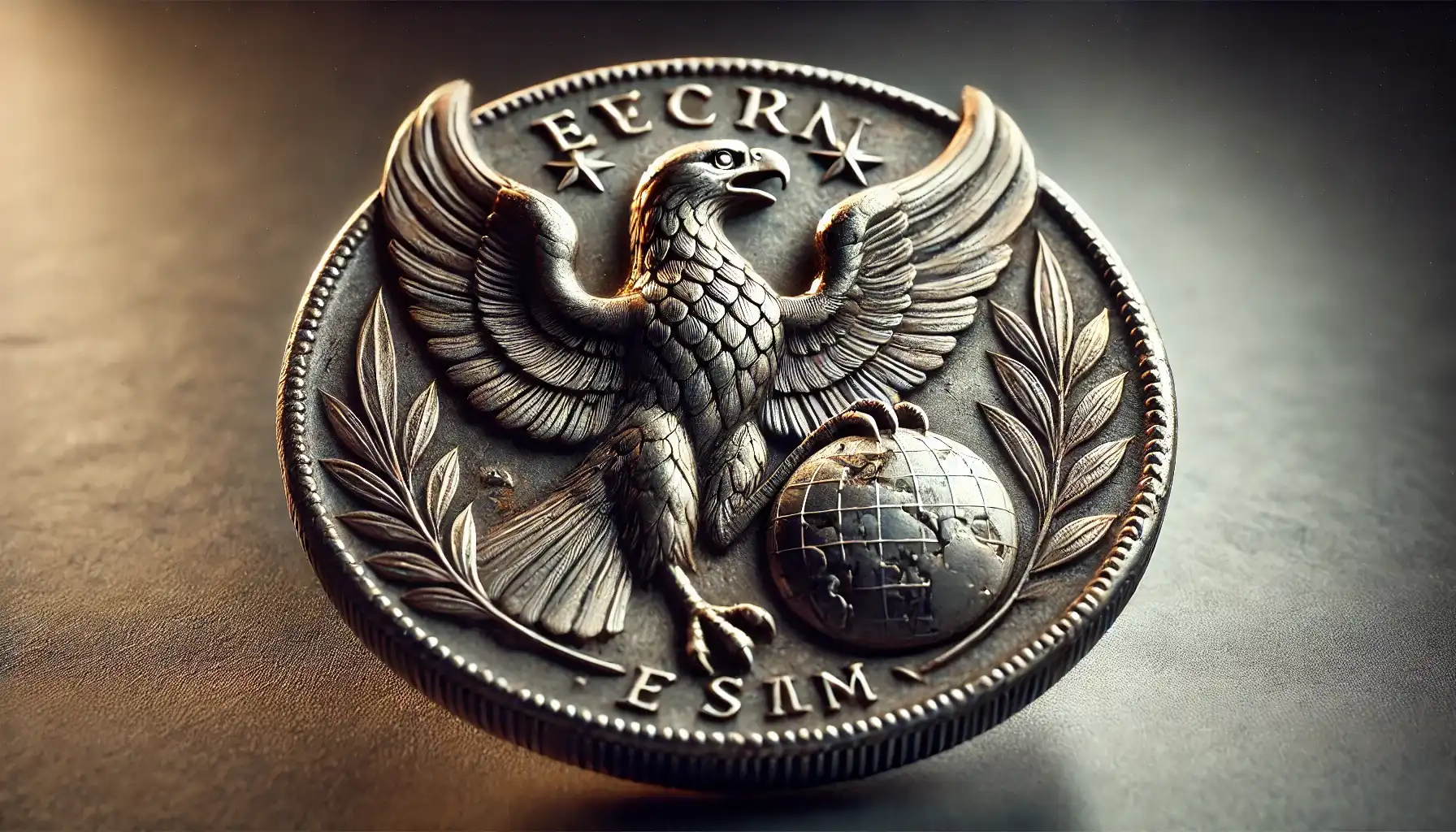
The Metal Matters
Take a moment to feel the coin. Is it heavy? What color is it? Roman coins came in a range of materials. Gold coins, or aurei, were for the elite—issued to pay soldiers or as lavish gifts. Silver coins were a bit more common, while bronze and copper coins were for everyday transactions.
Here’s the breakdown of Roman coins by material type:
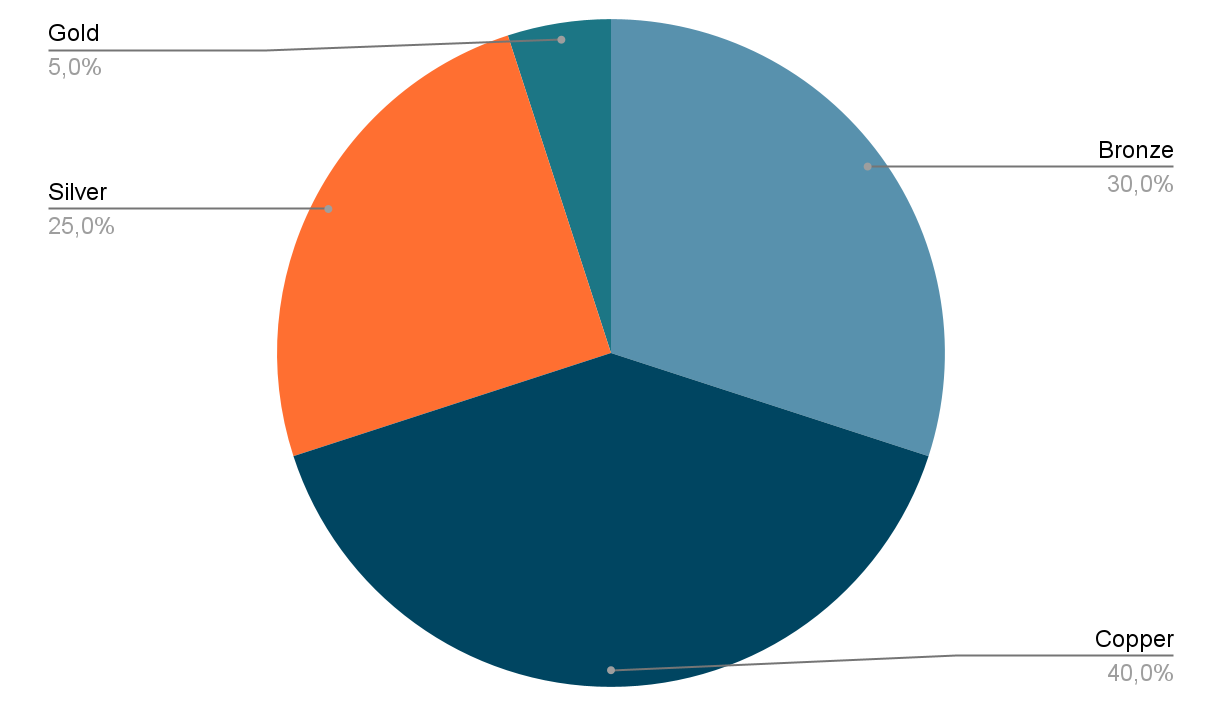
This chart visually represents the distribution of Roman coins by their material. Please note that there is only an average percentage given.
But there were mixed-metal Roman coins, which were made by combining different metals. These mixes were primarily used for economic reasons, e.g., saving on the cost of precious metals, or as a result of debasement during certain periods when the Roman economy was struggling. Here are a few examples:
1. Billon Coins
Composition: A mix of silver and bronze or copper.
Billon coins were created to stretch silver reserves while still maintaining a high appearance of value. They often had a thin silver coating or a high silver content initially, but over time, the silver content decreased as Rome's economy weakened.
Example: The Antoninianus, introduced by Emperor Caracalla in the 3rd century AD, initially had a significant silver content, but over time became more copper with just traces of silver.
2. Follis
Composition: A large bronze coin with a thin silver wash.
Issued primarily during the reign of Emperor Diocletian in the late 3rd century AD. The silver wash gave the coin an appearance of greater value, but the core of the coin was primarily bronze.
3. Bronze Coins with Silvering
Composition: Bronze or copper core with a thin layer of silver.
In the later empire, particularly during the Crisis of the Third Century, silver coins were increasingly debased. Coins like the Denarius and the Sestertius often had a silver wash or were struck with silver plating to retain the appearance of silver, even though they were mostly bronze or copper.
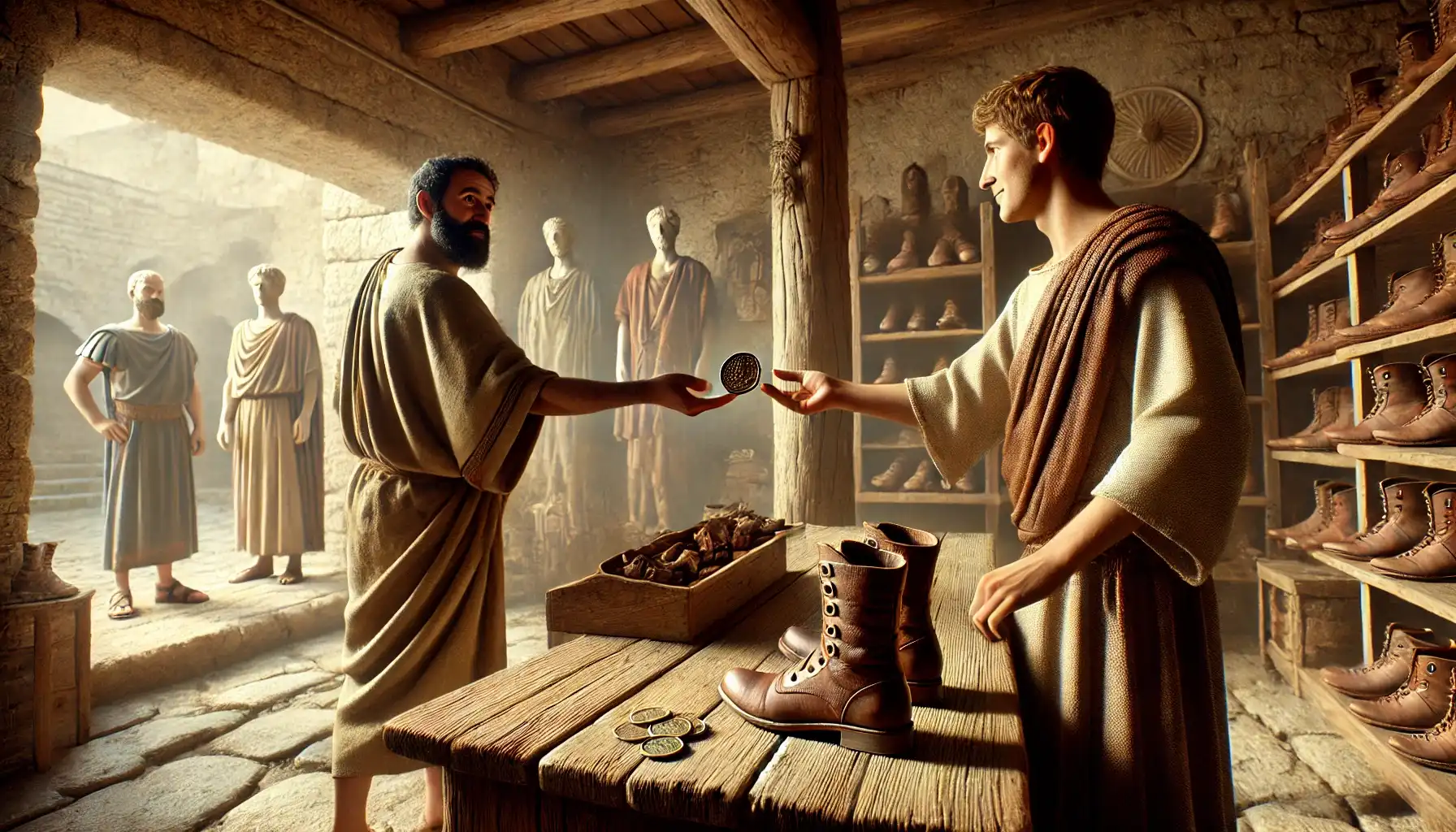
Why Mixed Metals?
As Rome’s economy struggled with inflation and war expenses, emperors were forced to debase the currency, lowering the silver or gold content to produce more coins with less precious metal.
Moreover, the silvered surface helped maintain the illusion that these coins were more valuable than they actually were, as the general public often judged value based on appearance.
Wear and Tear: What’s the Coin Been Through?
Look closer. The wear on the coin—its patina—can also give you clues. Roman coins, especially bronze and copper ones, develop a greenish tint over time, called verdigris. Silver coins might have darkened with age. Each coin carries a visual map of where it’s been, e.g., it was buried underground for centuries or circulated through the hands of Roman citizens.
Related article: Discover the Rare 'W' Mint Quarters.

Coin ID Scanner App: Technology Meets History
But nowadays, you don’t need to be a historian or a numismatics expert to identify Roman coins. Technology has made it easier than ever with tools like the Coin ID Scanner app. This app is your ancient coin identifier—simply snap a photo of your coin, and the app will help you analyze its features, e.g.:
Inscriptions: Deciphering the Latin abbreviations and words.
Symbols: Identifying mythological figures, animals, historical events, etc.
Portraits: Recognizing the emperor or deity on the obverse.
Material: The coin's composition (gold, silver, bronze, etc).
It’s a great Roman coin identifier that is even a free coin identifier by picture app. It can give you instant access to a big database of ancient coins (the total volume of the database is over 150,000 pieces).
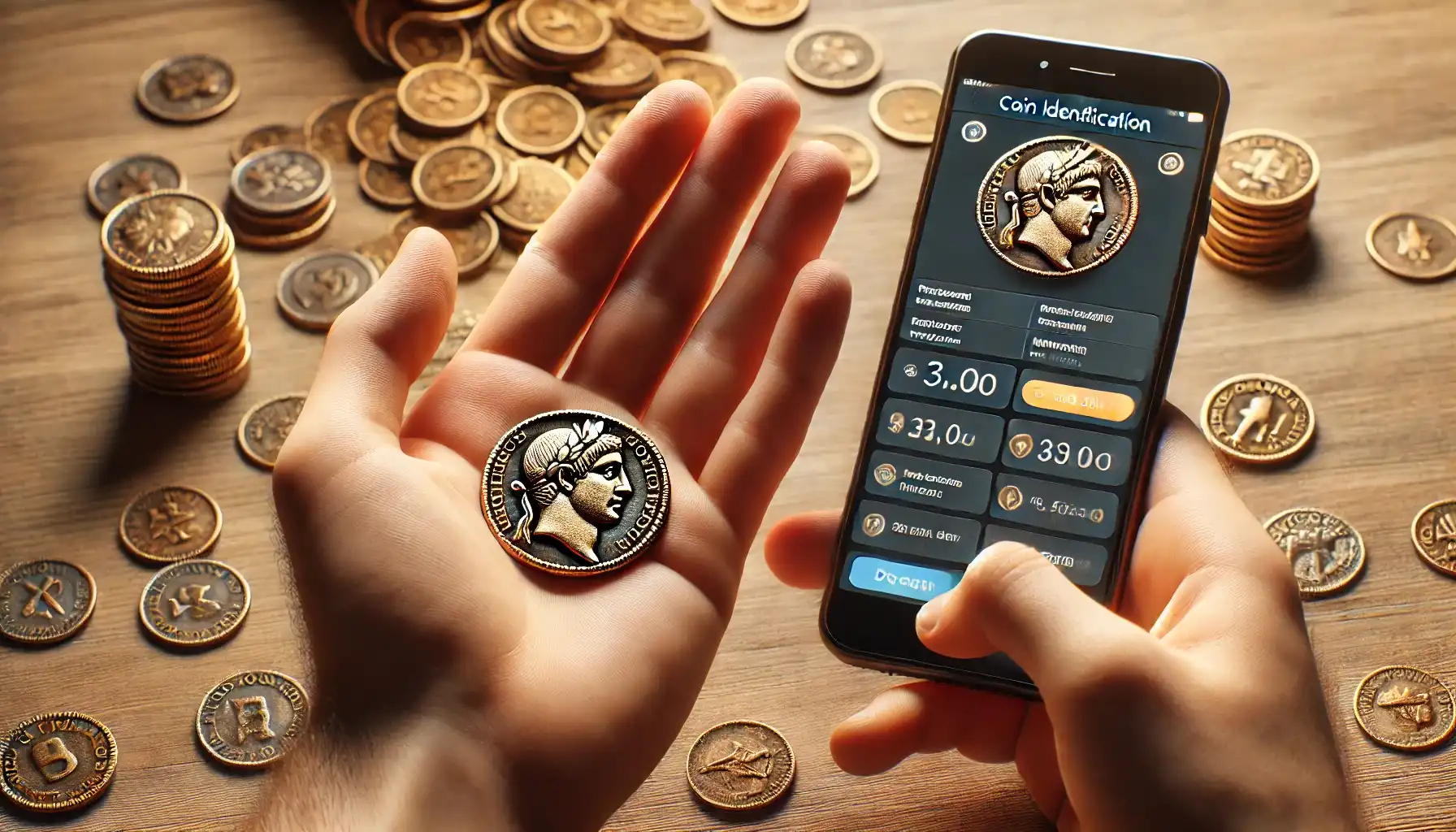
Why Does This Matter?
Identifying Roman coins is important before you add a new piece to your collection. Think about it: the coin you’re holding might have paid for a soldier’s meal, or been given as an offering in a temple. Each coin is a window into the past, and the more you learn to identify them, the more of that history you can know.
By now, you might be asking: How do I get better at this? The answer: practice, patience, and some good resources. A Roman coin identifier—let it be an app, book, or online guide—can help you decipher the symbols and names etched into these small, ancient relics.
General Tips for Aspiring Numismatists
1. Do Your Homework (But Make It Fun)
Take a minute to learn a bit of background. Start with the basics: Who minted these coins? What do the symbols mean? You don’t have to get bogged down in textbooks—just get curious. There are tons of great books, websites, and even YouTube channels that make the history of Roman coins exciting.
2. Take Your Time
Ever heard of someone rushing through a museum? Exactly. When examining your coin, slow down and soak it in:
Look at the wear and tear: Is the image still sharp, or has time softened its edges?
Use a loupe or magnifier: Some of the smallest details, e.g., a mint mark or an emperor’s name, might be hiding in plain sight.
Check for marks: Small cracks, chips, or unusual corrosion can tell you where the coin’s been—and how it’s lived.
3. Hands Off (Sort Of)
Remember: ancient coins are delicate. Handle them by the edges and avoid touching the faces, especially on bronze or copper coins that develop beautiful patinas over time. Gloves might sound fancy, but they’re your best bet to protect those ancient surfaces from the oils on your skin.
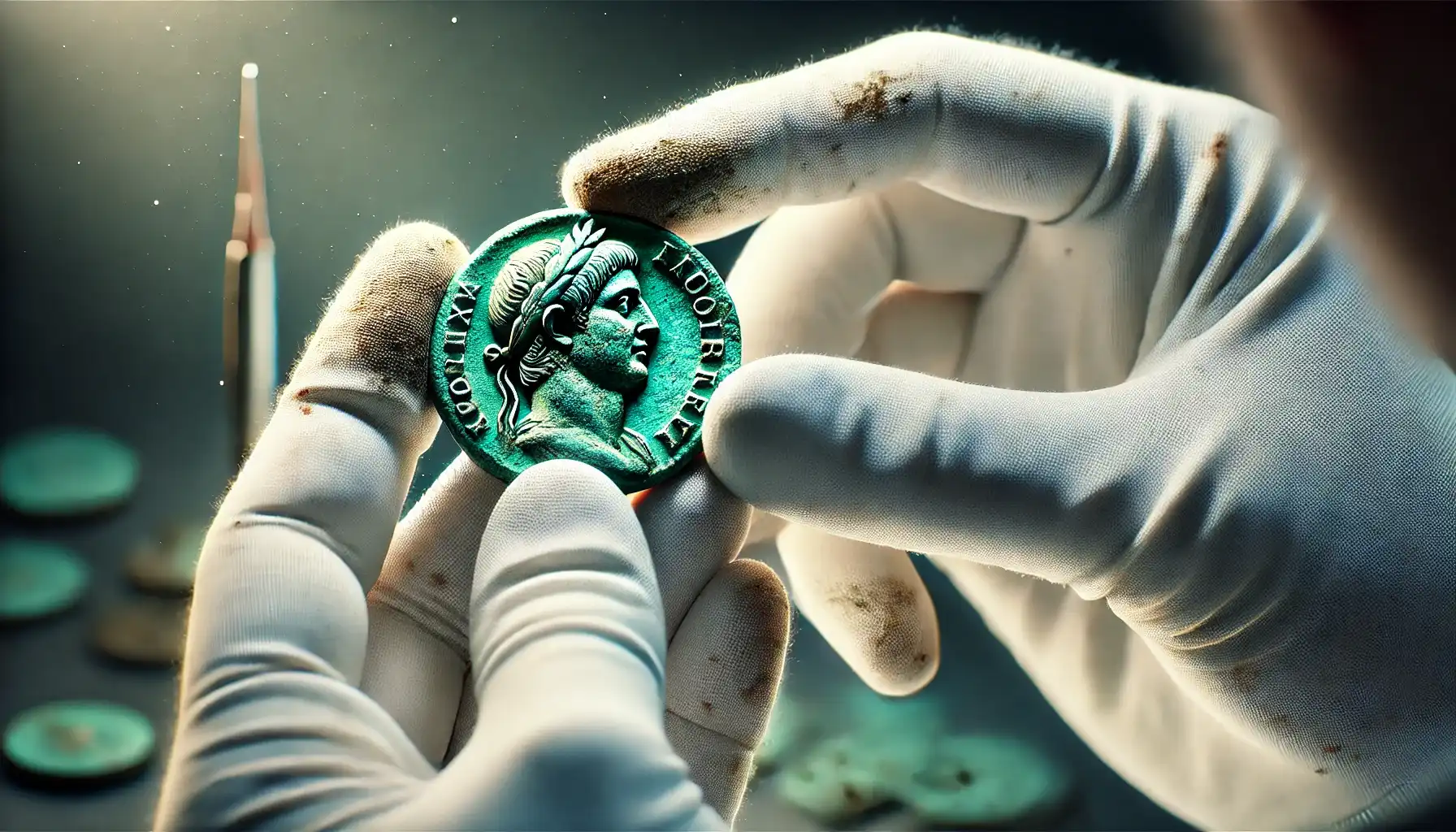
4. Store Your Coins Right
Don’t just toss your coins in a drawer. If you want them to last (and let’s face it, they’ve already survived a couple thousand years), store them properly. Invest in some coin albums, flips, or cases that protect them from humidity and rough handling.
5. Keep a Journal of Your Coins
It’s easy to get excited about a new find and forget the details later. Create a journal or digital log where you record:
The date or era of the coin
Material (bronze, silver, etc.)
What condition it’s in
Any interesting facts you discover along the way.
Quick Reference: How to Identify Roman Coins
Feature | What to Look For | Significance |
Obverse | Emperor’s face or a deity | Helps date the coin to a specific reign |
Reverse | Symbols like eagles, gods, or military scenes | Tells the story—victories, religious rituals, etc. |
Material | Gold, silver, bronze, or copper | Gold for elites, bronze/copper for everyday use |
Patina | Green, brown, or grayish color | Indicates age and what the coin’s been through |
Inscriptions | Latin abbreviations (e.g., IMP, PONT MAX) | Helps pinpoint the era and the emperor's role |
Identifying Roman coins takes more than a glance. You should combine observation, historical knowledge and curiosity. Each coin is a relic of its time, and with every piece you find and study, you get a little closer to the ancient world.

